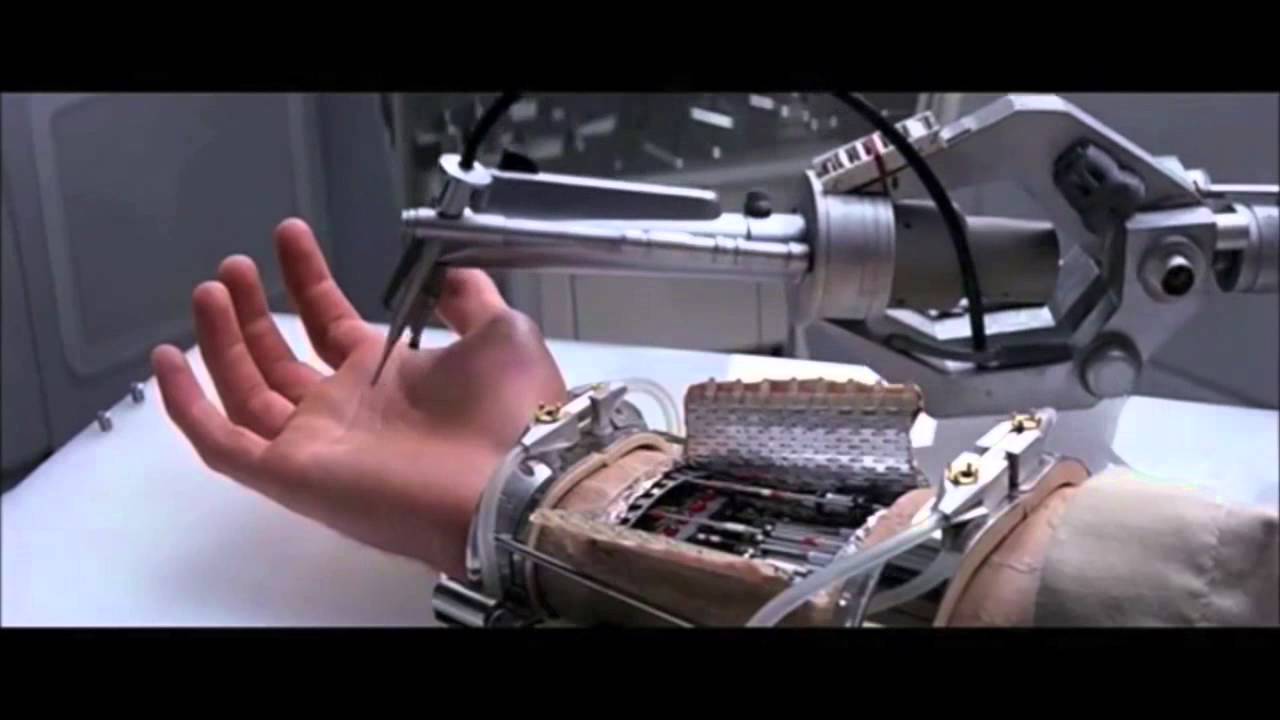A cure for paralysis?
Published:
What if muscle control could be re-established for those with paralyzed limbs?
The Goal of Neuroprosthetics

Work in neuroprosthetics aims to replace parts of the body, such as limbs, with their artificial counterparts. These replacements could be fully robotic or a mix of native tissue and robotics. The purpose is to restore lost function or supplement existing function in a way that can be easily controlled by the user. But what if we could restore function to the original, living tissue on their body?
Functional Electrical Stimulation
Functional electrical stimulation, or FES, is the intentional, coordinated excitation of native nerves and/or muscles to re-animate parts of the body that are no longer under one’s control. An example that may come to your mind is someone is who paralyzed, perhaps from spinal cord injury. If we used some device to stimulate nerves that controlled their leg muscles or even their leg muscles directly with the right patterns, then they could in theory walk again. While this idea seems pretty straightforward, there are a number of physiological and technological hurdles that neural engineers must address before we can begin to think about reversing paralysis.
Voluntary movement is the result of many different commands from the brain delivered at precisely the right time to precisely the right place. You may have “heard the saying “it takes 43 muscles to frown but only 17 to smile” . While debate remains on the accuracy of those numbers, the point is even simple movements require coordination from many muscles. To summarize a few of the challenges that must be overcome to restore volitional movement:
- Determine what exactly the user is wanting to do (e.g., reaching for a drink or waving to a friend)
- My work is trying to decode this directly from the brain!
- Identifying the exact muscles responsible for the desired movement
- My work uses computational models of body to help with this!
- Determine how to stimulate
- Superficial (on top of the skin) or epimysial (attached directly to the muscle) or direct nerve stimulation
- Discover which set of parameters (stimulation amplitude, timing, etc.) will give the desired muscle reaction
This area of neural engineering has grown tremendously in the past two decades. Many of the researchers I work with here in Cleveland are part of the Cleveland FES Center “Cleveland FES Center- a consoritium of scientists, engineers, and clinicians who hope to improve the quality of life from people with impaired muscle control with FES.If you’re interested in learning more about FES I would recommend this review from “Marquez-Chin & Popovic which covers the basics of FES and its potential application in the real world.
